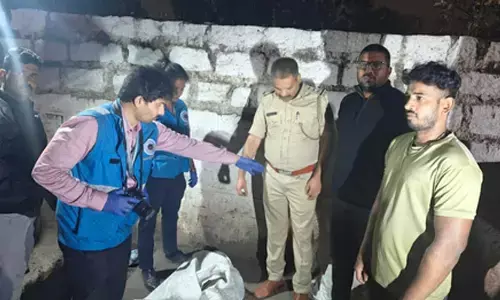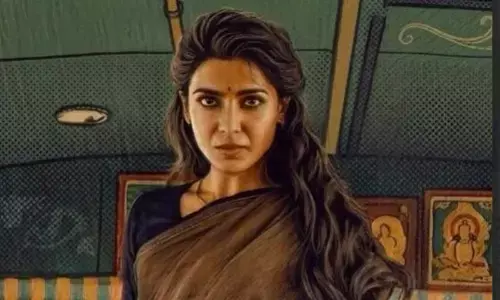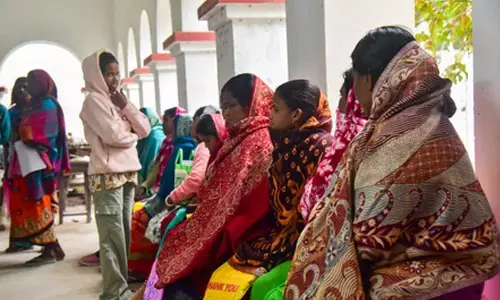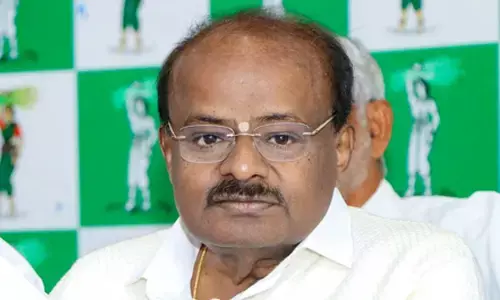Navratri 2024: Dates, Ghatsthapana Muhurat, Puja Vidhi, 9 Forms of Goddess Durga, and Fasting Guidelines
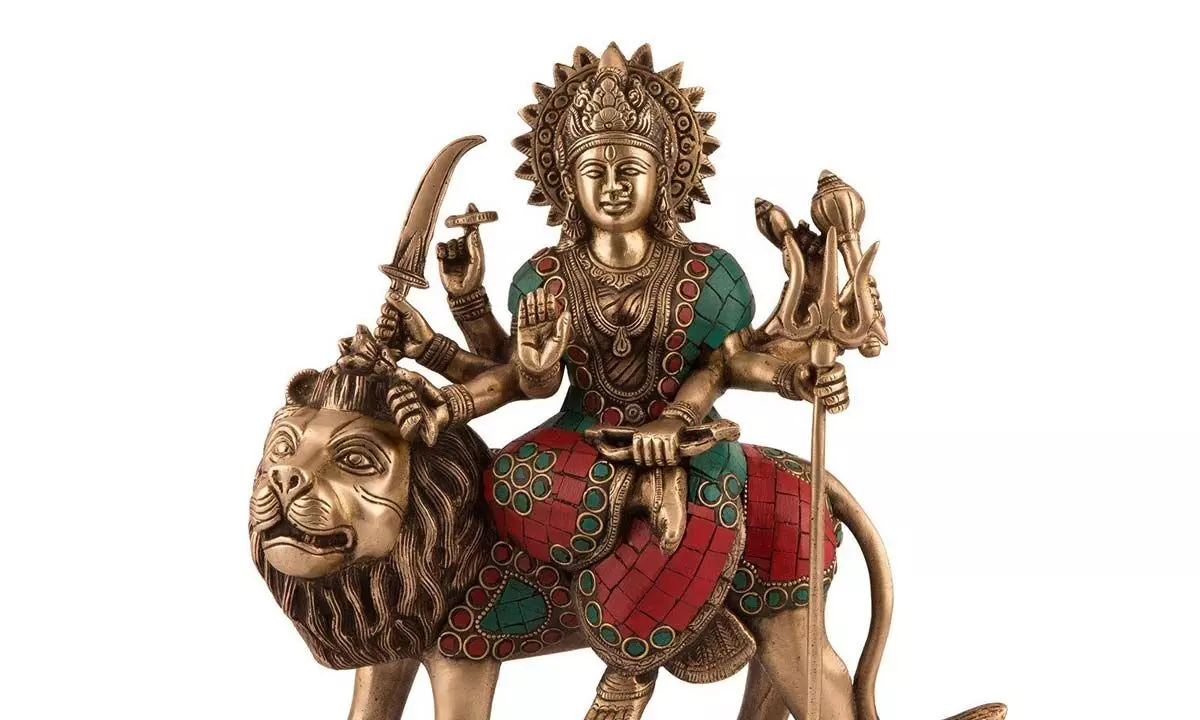
The nine forms of Goddess Durga
Navratri, one of the most revered festivals in India, is celebrated with immense devotion and enthusiasm.
Navratri, one of the most revered festivals in India, is celebrated with immense devotion and enthusiasm. Among all Navratris, Shardiya Navratri holds the greatest significance and is observed in the lunar month of Ashwin during the autumn season. In 2024, Shardiya Navratri will begin on October 3rd and conclude on October 12th, marking the nine-day celebration of the nine forms of Goddess Durga. This article provides an overview of Navratri 2024, including key dates, Ghatsthapana muhurat, rituals, the forms of Goddess Durga, and fasting rules.
Navratri 2024: Start and End Dates
In 2024, Shardiya Navratri will commence on October 3rd and conclude on October 12th. These nine days are dedicated to different forms of Goddess Durga, and the festival culminates with Vijayadashami (Dussehra) on the final day, symbolizing the triumph of good over evil.
Start Date: October 3rd, 2024 (Thursday)
End Date: October 12th, 2024 (Saturday)
Ghatsthapana Muhurat for Navratri 2024
The festival begins with the sacred ritual of Ghatsthapana, which signifies the invocation of Goddess Shakti. A Kalash (sacred pot) is prepared and worshipped, representing the Goddess's presence throughout the nine days. This ritual is performed during an auspicious time.
Ghatsthapana Muhurat: October 3rd, 2024, from 6:30 AM to 7:31 AM
Abhijit Muhurat: 12:03 PM to 12:51 PM
Step-by-Step Guide for Navratri Puja Vidhi
Kalash Preparation:
Take a wide clay pot and layer it with soil and seeds of seven different grains (Sapta Dhanya).
Fill the Kalash with water and place betel nuts, coins, perfume, and five Ashoka leaves inside.
Wrap an unpeeled coconut in a red cloth and place it on top of the Kalash.
Invocation of Goddess Durga:
After preparing the Kalash, offer a prayer to Goddess Durga, asking her to reside in the Kalash for the duration of Navratri.
Panchopachara Puja:
To complete the ritual, offer a lamp, incense, flowers, and fruits to the Kalash, representing the presence of the Goddess.
9 Forms of Goddess Durga and Their Significance in Navratri 2024
Each day of Navratri is dedicated to a different form of Goddess Durga, each symbolizing distinct attributes and powers:
Day 1 (October 3) - Devi Shailputri
Known as the "Daughter of the Mountain," Shailputri represents purity and strength.
Favourite Flower: Jasmine
Day 2 (October 4) - Devi Brahmacharini
This form of Parvati signifies penance and devotion, embodying asceticism.
Favourite Flower: Jasmine
Day 3 (October 5) - Devi Chandraghanta
After marrying Lord Shiva, the Goddess took the form of Chandraghanta, representing bravery and serenity.
Favourite Flower: Jasmine
Day 4 (October 6) - Devi Kushmanda
Known as the creator of the universe, Kushmanda brings light and energy.
Favourite Flower: Red Flowers
Day 5 (October 7) - Devi Skandamata
Mother of Lord Skanda (Kartikeya), she signifies motherhood and courage.
Favourite Flower: Red Flowers
Day 6 (October 8) - Devi Katyayani
Known as the fierce warrior form of the Goddess, Katyayani is worshipped for protection and power.
Favourite Flower: Red Roses
Day 7 (October 9) - Devi Kalaratri
As the most fearsome form of Durga, Kalaratri represents destruction of evil forces.
Favourite Flower: Night-Blooming Jasmine
Day 8 (October 10) - Devi Mahagauri
The extremely fair and beautiful form of Durga, Mahagauri symbolizes purity and calmness.
Favourite Flower: Night-Blooming Jasmine
Day 9 (October 11) - Devi Siddhidatri
The Goddess of accomplishments, Siddhidatri blesses devotees with success and spiritual knowledge.
Favourite Flower: Jasmine
Navratri 2024: Colours of the Day and Their Symbolism
Wearing specific colours during Navratri is considered auspicious. Here are the recommended colours for each day of the festival:
Day 1 (October 3): Yellow (Symbolizes optimism)
Day 2 (October 4): Green (Symbolizes growth and peace)
Day 3 (October 5): Grey (Symbolizes balance)
Day 4 (October 6): Orange (Symbolizes enthusiasm)
Day 5 (October 7): White (Symbolizes purity)
Day 6 (October 8): Red (Symbolizes passion and vitality)
Day 7 (October 9): Royal Blue (Symbolizes richness)
Day 8 (October 10): Pink (Symbolizes affection)
Day 9 (October 11): Purple (Symbolizes grandeur)
Fasting Rules for Navratri 2024
Fasting during Navratri is not only a religious practice but also holds spiritual significance. Devotees follow strict guidelines to maintain the sanctity of the fast.
Only Satvik food like fruits, milk, and grains such as sago and water chestnut flour should be consumed.
Avoid onion, garlic, and any non-vegetarian food during these nine days.
Devotees should also focus on positive thoughts, prayer, and maintaining a peaceful mindset.
If a fast is accidentally broken, visiting a temple, reciting the Kshama Prarthana Stotra 11 times, and offering charity is advised as a form of penance.
Other Dos and Don’ts for Navratri
Avoid physical relationships and haircuts during Navratri.
Perform Kanya Puja on the final day by offering food to young girls.
Practice humility, self-discipline, and charity throughout the festival.
Goddess Durga’s Vehicle for Navratri 2024
As per tradition, the mode of Goddess Durga’s arrival changes each year based on the day Navratri begins. In 2024, since Navratri starts on a Thursday, the Goddess will arrive on a palanquin, which is considered auspicious.
Navratri 2024 is a spiritually enriching festival filled with devotion, rituals, and the celebration of the divine feminine power. By following the proper rituals, fasting guidelines, and embracing the symbolic colours for each day, devotees can make the most of this auspicious occasion.










